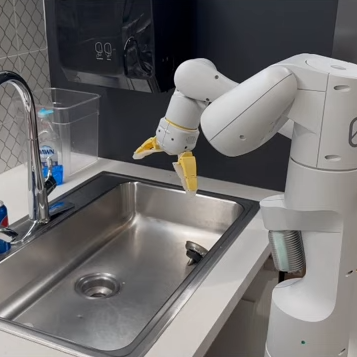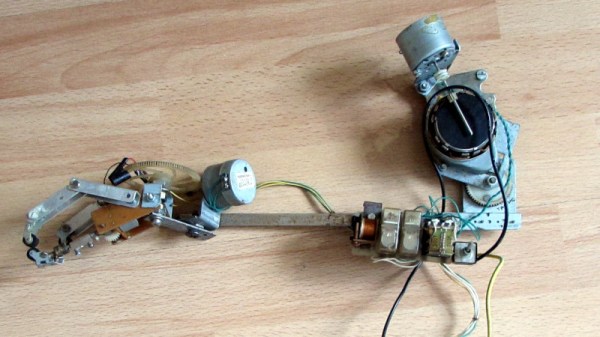This week, Editor-in-Chief Elliot Williams and [former Assignments Editor] Kristina Panos stood around talking about the greatest hacks of the previous week. But first, we’ve got a contest running now through March 21st — the Low Power Challenge!
Kristina almost got What’s That Sound this week, but could only describe it as some sort of underwater organ, so still no t-shirt for her. But [BalkanBoy] knew exactly what it was — the Zadar Sea Organ in Croatia. Then it’s on to the hacks, beginning with the most beautiful sea of 7-segments you’ll likely ever see. We gush over a tiny PC in a floppy drive that uses custom cartridges, dish about an expressive synth that uses a flexure mechanism, and enjoy a loving ode to the vacuum fluorescent display.
Check out the links below if you want to follow along, and as always, tell us what you think about this episode in the comments!
And/or download it and listen offline.





















